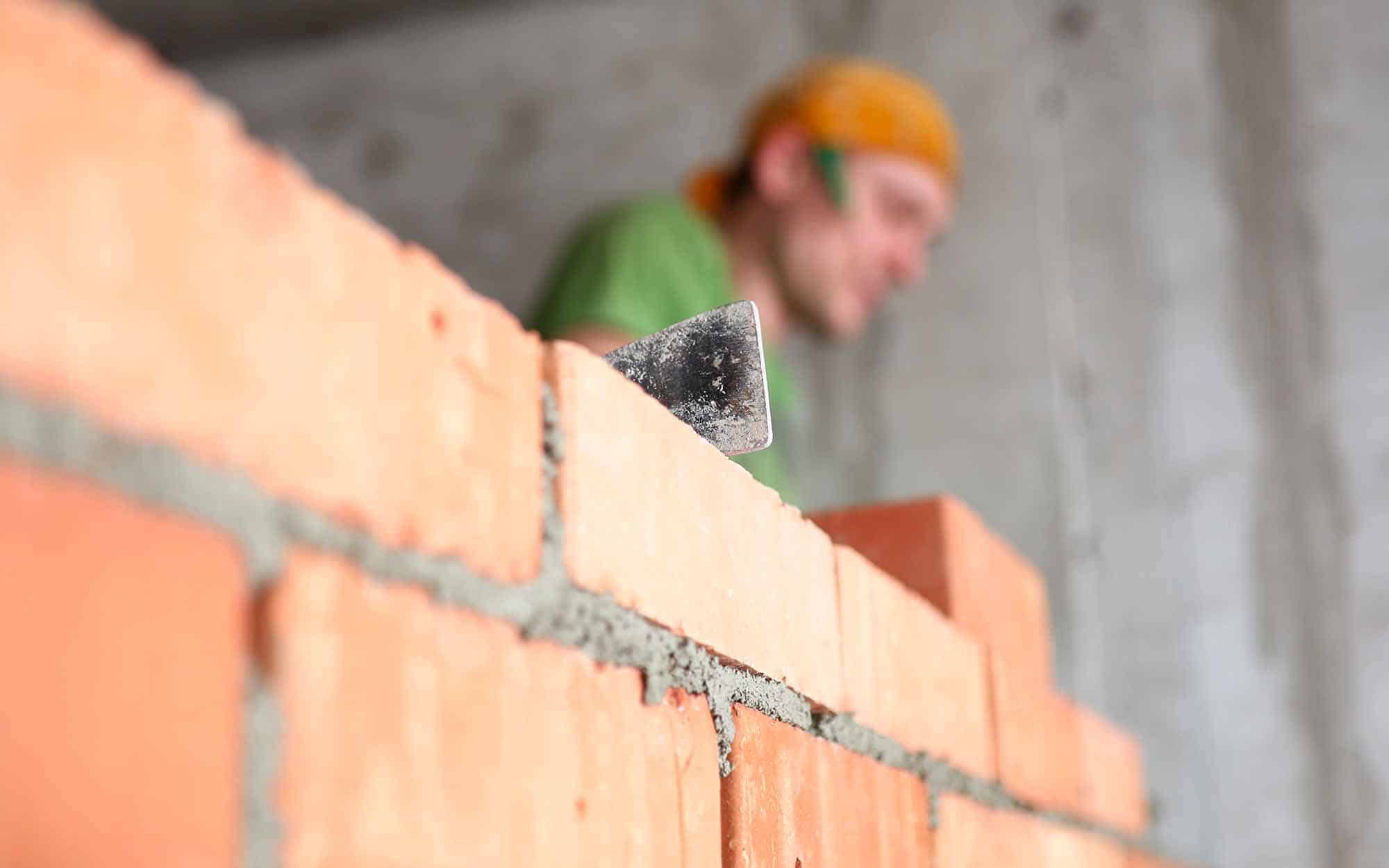Chimney Flashing and Cap Repair: Safeguard Your Home from Components
Chimney Flashing and Cap Repair: Safeguard Your Home from Components
Blog Article
Unlocking the Secrets of Sustainable Masonry Building Practices for Eco-Friendly Structures
Among the myriad strategies to eco-friendly building, sustainable masonry building stands out as a tried and true and resilient technique that holds a wealth of untapped capacity. From the selection of materials to innovative construction methods, the tricks to achieving sustainability within masonry building are complex and appealing.
Advantages of Sustainable Masonry Building And Construction
Welcoming sustainable masonry building practices not only reduces environmental influence however also provides lasting financial benefits to home builders and areas. By making use of materials like recycled blocks, obstructs, and rocks, building contractors can substantially lower the carbon impact of their projects while advertising resource performance. Furthermore, sustainable masonry construction strategies, such as appropriate insulation and thermal mass residential or commercial properties, can enhance energy performance within structures, causing minimized functional prices in time.
Additionally, the longevity and strength of stonework frameworks add to long-lasting economic benefits. Buildings built using lasting stonework techniques often require much less upkeep and repair, converting to cost savings for contractors and homeowner. The longevity of masonry materials likewise makes certain that structures remain steady and protected, minimizing the need for regular restorations or replacements.
Eco-Friendly Masonry Products
Making use of eco-friendly masonry materials is a critical action in the direction of enhancing the sustainability of construction techniques and lessening ecological influence while optimizing long-lasting economic advantages. Lasting masonry products are sourced, generated, and made use of in a way that reduces overall environmental impact. Products such as recycled blocks, reclaimed rock, and sustainable concrete blocks are becoming significantly preferred options for eco-conscious contractors. Recycled blocks, for instance, not only divert waste from land fills but likewise call for less power to generate compared to brand-new blocks. Recovered stone uses an unique aesthetic allure while decreasing the need for new quarrying. Lasting concrete blocks incorporate recycled aggregates and may feature improved insulation homes, adding to power efficiency in structures.
In addition, natural materials like adobe, rammed planet, and straw bundles supply exceptional thermal mass properties, lowering the need for home heating and cooling down power. These materials are usually locally offered, promoting regional economic situations and minimizing transportation-related carbon discharges. By choosing environment-friendly masonry products, building and construction jobs can substantially decrease their environmental footprint and contribute to the development of healthier, much more lasting constructed atmospheres.
Energy-Efficient Masonry Strategies
Power effectiveness plays a critical role in improving the sustainability of masonry building methods. By carrying out energy-efficient masonry techniques, builders can substantially decrease the total power usage of a structure, leading to reduced operational costs and a smaller sized ecological impact. One key energy-efficient masonry strategy is making use of thermal mass, which includes integrating thick products like concrete or block into the building's structure to take in and store warm. This assists control indoor temperature levels, reducing the demand for mechanical heating and cooling systems.

Innovations in Sustainable Stonework
Recent developments in sustainable masonry methods have actually brought around ingenious strategies that are improving the construction market. One such advancement is the growth of self-healing concrete, which makes use of germs installed within the concrete to recover splits autonomously. This advancement not just minimizes maintenance expenses however additionally enhances the resilience of masonry structures, adding to their sustainability.
Another noteworthy technology is using recycled accumulations in masonry building and construction - masonry contractor. By incorporating products such as smashed ceramic waste or visit this web-site recycled glass into concrete mixes, building contractors can decrease the ecological influence of building jobs while keeping structural stability. This method not just draws away waste from land fills but likewise preserves natural deposits, making it a key development in lasting masonry building
Furthermore, the combination of digital style tools, such as Structure Details Modeling (BIM), is transforming the means masonry structures are planned and constructed. BIM enables even more exact estimations, reduced material wastefulness, and enhanced energy efficiency, eventually leading to more sustainable structure methods. These technologies collectively signify an appealing future for sustainable stonework construction in the era of green buildings.
Future Trends in Masonry Sustainability
With the innovative strides made in sustainable masonry methods, the future patterns in masonry sustainability are positioned to more revolutionize the building sector. One of the essential patterns shaping the future of stonework sustainability is the increased assimilation of technology. Improvements such as Building Details Modeling (BIM) and virtual fact simulations are being utilized to optimize stonework building and construction procedures, causing reduced material waste and improved power performance in buildings.
Additionally, the development of novel lasting products is readied to play a significant role in boosting the eco-friendliness of Homepage stonework construction. masonry contractor. Developments like self-healing concrete, recycled aggregates, and bio-based binders are getting grip for their ability to reduce environmental impact while keeping structural integrity

Conclusion
In verdict, lasting stonework building practices supply various benefits for green structures. By making use of environmentally friendly materials and energy-efficient strategies, stonework can add to a much more lasting developed atmosphere. Developments in sustainable stonework are continuously being established to further enhance the ecological efficiency of buildings. Looking in the direction of the future, the pattern of stonework sustainability is expected to grow, causing even more eco-friendly and energy-efficient construction methods in the years ahead.
Report this page